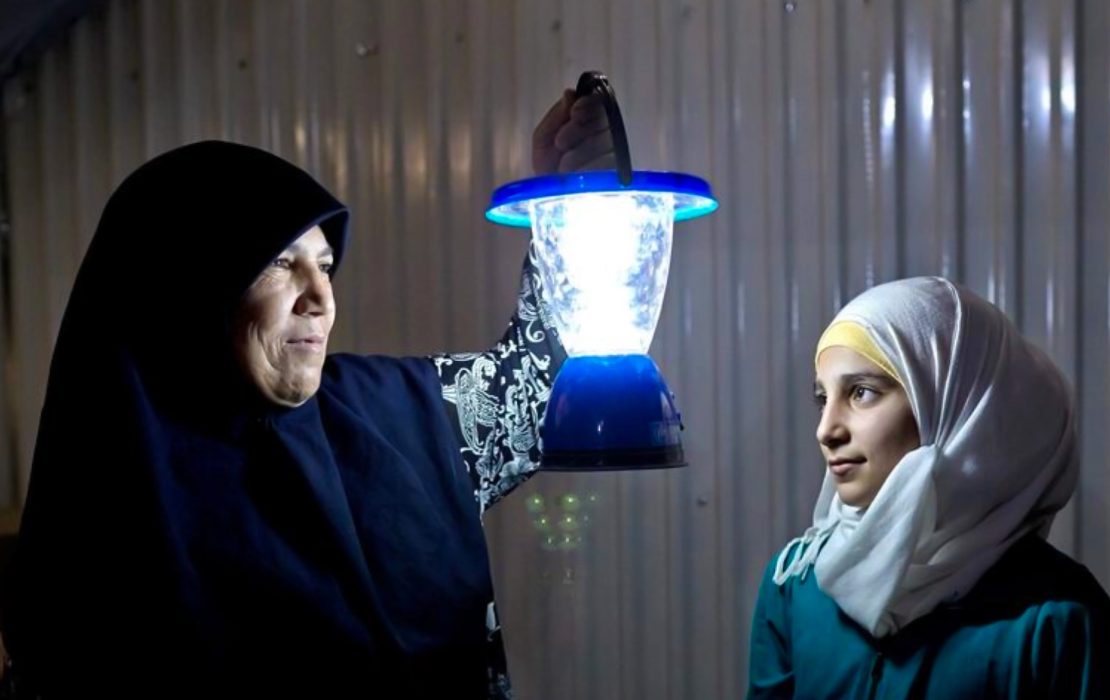From more frequent and more intense extreme weather events to rising sea levels and worsening food and water scarcity, climate change poses significant challenges to lives, livelihoods and economies worldwide.
The cost of these impacts is mounting. Over the past 50 years, extreme weather events are estimated to have caused two million deaths and cost US$4 trillion in economic losses.
Projections suggest climate-related hazards could lead to an additional $12.5 trillion in economic losses and over two billion healthy life years lost by 2050.
Through the Climate Promise, UNDP supports countries in their efforts to adapt and build resilience to the climate crisis. In collaboration with our partners, we provide support to around 100 governments – including 46 Least Developed Countries and 11 Small Island Developing States – in critical areas such as advancing adaptation policy and planning, fostering resilience for food security, safeguarding livelihoods, improving water resource management and coastal adaptation, enhancing climate information and early warning systems, providing integrated climate security solutions, increasing urban climate resilience and building climate-resilient health systems.
As part of this work, we support over 50 countries in planning and policy for climate change adaptation through the National Adaptation Plan (NAP) processes.
We also help countries to effectively anticipate and respond to climate impacts by enhancing early warning systems and integrating climate risk information into national planning. At the same time, we help implement nature-based solutions, such as restoring mangroves and protecting watersheds, as sustainable ways to enhance resilience while preserving biodiversity.
We also offer dedicated support to locally-led, innovative adaptation solutions, ensuring that the most vulnerable populations, including women, youth and Indigenous Peoples are actively involved in decision-making and are able to share in the benefits of sustainable development.
Crucially, UNDP is working to help accelerate adaptation action by mobilizing investments and finance for adaptation, partnering with global funds, bilateral donors, philanthropies and the private sector.
For UNDP, adapting to climate change is inseparable from sustainable development and each one of the 17 Sustainable Development Goals. Adaptation is therefore a key pillar of UNDP’s support to developing countries worldwide.







